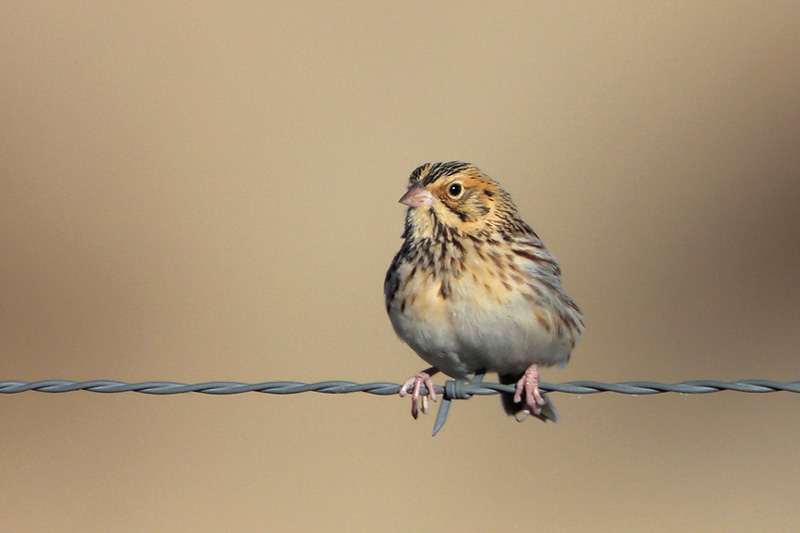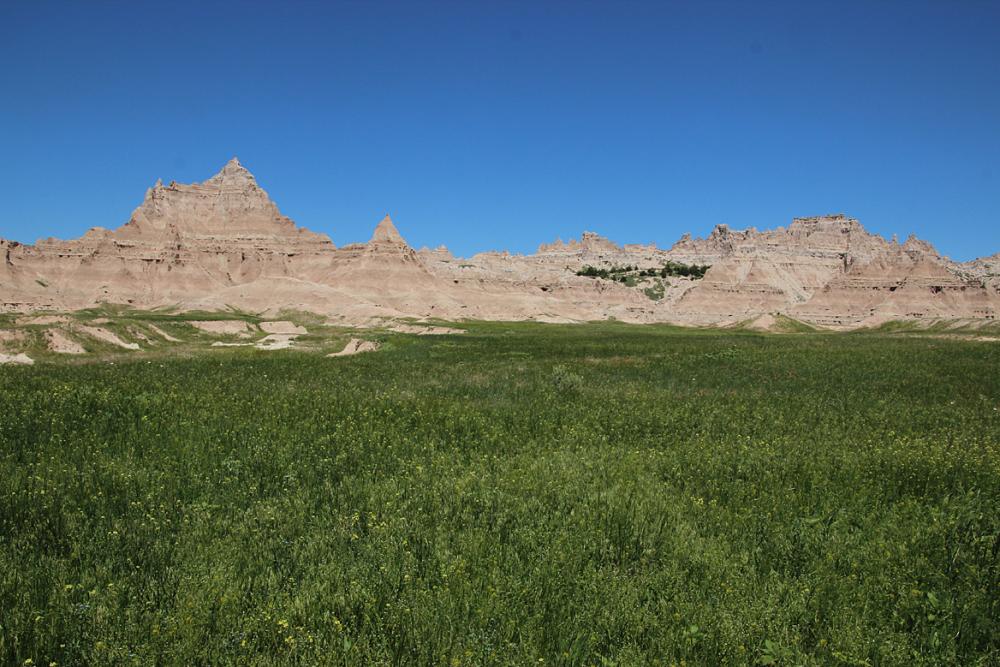Posted 06/10/15
Extreme weather events such as droughts are expected to become more common in some places, potentially affecting species and biodiversity. Jessica Gorzo, a Ph.D. student at SILVIS, used information from the last 30 years (1980-2012) to understand the relationships between grassland bird abundance and climate variability in U.S. The study shows that the abundance of some species is strongly associated with variability in precipitation, and that an increase in extreme weather events may negatively impact some populations. Conservation of grasslands birds in the U.S. will likely require serious consideration of the impact of extreme weather events, and this Jessica's research provides new light on this important topic.
Climate change entails changes in the average and variability of climate conditions. Under future climate change, it is expected that extreme weather events, such as droughts, will become more frequent or more intense, potentially affecting species and biodiversity. Understanding how species respond to extreme weather events is crucial to understand the impact of future environmental change.

‘Evaluating how species respond to past can help to inform future responses to climate conditions’, says Jessica Gorzo. Jessica is a 3rd-year Ph.D. student at SILVIS. The main goal of Jessica’s research is to model bird population responses to past weather conditions, so to have a tool to predict bird species responses under future climates.Jessica’s study focuses on fourteen grassland birds in Bird Conservation Region (BCR 17). ‘These grasslands are located in a region of high historic climatic variability and with a regular regime of droughts, which makes it an ideal place to understand species responses to extreme weather events,’ Jessica said.

Specifically, Jessica analyzed past population trends derived from the North American Breeding Bird Survey (BBS) between 1980 and 2012 and their relationships with two climate variables, including rainfall variability and temperature variability. Such an analysis requires the use of Bayesian statistics, as a way to best fit hierarchical models incorporating many underlying sources of variation in the data.The findings from this study are quite important. Six of the fourteen bird species showed significant responses to climate variability, particularly to precipitation. ‘Some species increased with increasing precipitation variability, while other decreased’ Jessica said. According to Jessica, the responses she observed are likely to reflect habitat preferences. For example, species that respond positively to precipitation likely need slightly wet conditions, whereas species that respond negatively use drier areas of the grassland.

Climate projections suggest that grasslands are expected to see more severe and frequent droughts, and this study provides useful information to gain insights about the future. According to Jessica, species such as Baird’s and grasshopper sparrows, which depend on patches of wet and vigorous vegetation, could see a negative future under climate change, while others may see less competition from the removal of those species. Through this study, Jessica developed key knowledge for understanding species responses to climate conditions. In the near future, and as she advances with her dissertation, these models will serve to inform scientists and managers to prioritize conservation actions and strategies in the face of climate change. “
Story by Martinuzzi, Sebastian
